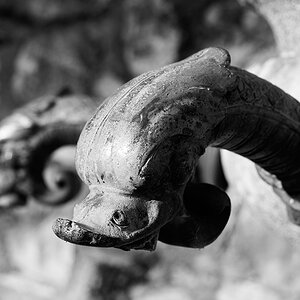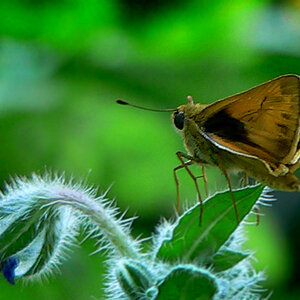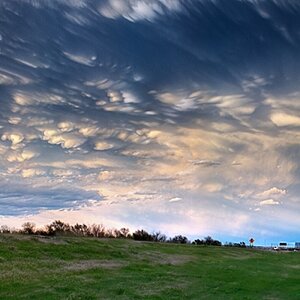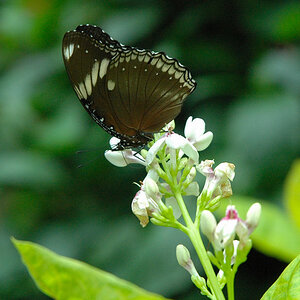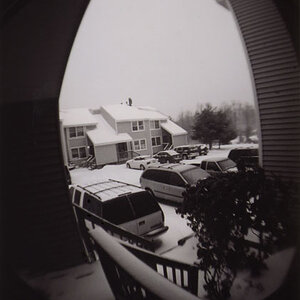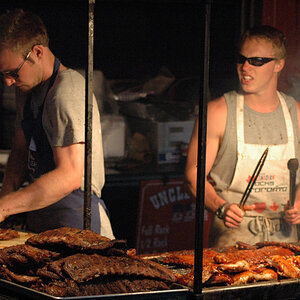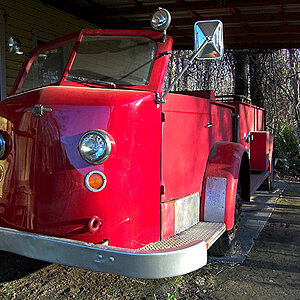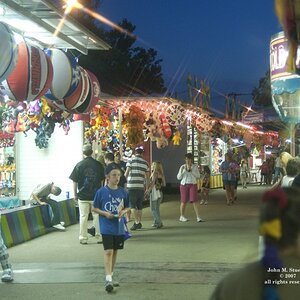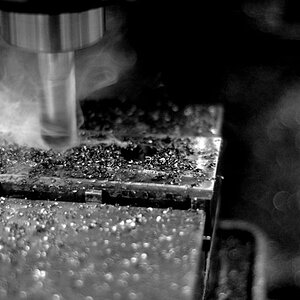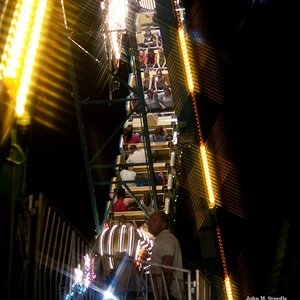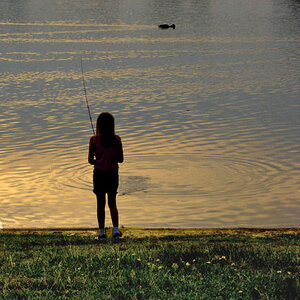Polygon
TPF Noob!
- Joined
- Nov 2, 2005
- Messages
- 196
- Reaction score
- 1
- Location
- Germany
- Can others edit my Photos
- Photos NOT OK to edit
I've been visiting the local zoo today to practise some animal photography. Got some nice shots (will post some of them later after post-processing) but also some problems. So maybe we could collect some hints for everyone going to the zoo with a camera here.
Being a zoo, it has lot's of cages with a more or less fine grid. For the bigger animals where the spaces were wider I tried to get into a position close enough not to have a bar running over the animal. Of course that only works when the animal is far away, so talk about zooming and holding steady.
In the bird cages where the grid was finer and I could get in closer I managed to get the grid so out of focus that it was not visible at all on the images while looking at them on the camera. The big surprise came when looking at them on the PC. The grid was moved from the foreground to the bokeh making it look all ugly. Example given here:
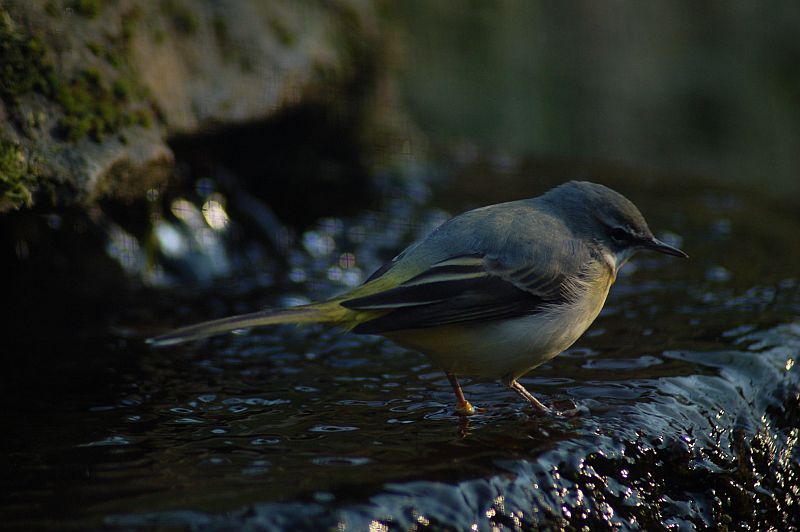
I've noticed that it's more visible for brigther bokeh spots. So is there anything I can do about it other than trying to get a mostly dark and evenly colored background?
Next problem I encountered was that for some cages the grid wasn't disappearing into the bokeh but making a layer of grey on the image and effectively washing out all colors. Seemed to happen especially if the cages were in the shadows.
For the glass cages, might a polarizer help me reduce the reflections I'm receiving?
I was also wondering how you guys get your bird shots so stunningly clear. I had the chance for the first time to get really close to those little guys and shoot them frame-filling. However even at f/11 (using 300mm) I couldn't get a little bird (size of a sparrow perhaps) sharp all over, the DOF was just too shallow (have a look at the image above, especially the tail. And this was an example where it almost worked because of the way the bird is standing to the camera). Is a tripod and furher reduction of aperture helpful here or will they get blurred because they are moving little bits? If so how do you manage to get them so big yet still extremely sharp?
Are there any other good hints one should just know when shooting animals?
Being a zoo, it has lot's of cages with a more or less fine grid. For the bigger animals where the spaces were wider I tried to get into a position close enough not to have a bar running over the animal. Of course that only works when the animal is far away, so talk about zooming and holding steady.
In the bird cages where the grid was finer and I could get in closer I managed to get the grid so out of focus that it was not visible at all on the images while looking at them on the camera. The big surprise came when looking at them on the PC. The grid was moved from the foreground to the bokeh making it look all ugly. Example given here:

I've noticed that it's more visible for brigther bokeh spots. So is there anything I can do about it other than trying to get a mostly dark and evenly colored background?
Next problem I encountered was that for some cages the grid wasn't disappearing into the bokeh but making a layer of grey on the image and effectively washing out all colors. Seemed to happen especially if the cages were in the shadows.
For the glass cages, might a polarizer help me reduce the reflections I'm receiving?
I was also wondering how you guys get your bird shots so stunningly clear. I had the chance for the first time to get really close to those little guys and shoot them frame-filling. However even at f/11 (using 300mm) I couldn't get a little bird (size of a sparrow perhaps) sharp all over, the DOF was just too shallow (have a look at the image above, especially the tail. And this was an example where it almost worked because of the way the bird is standing to the camera). Is a tripod and furher reduction of aperture helpful here or will they get blurred because they are moving little bits? If so how do you manage to get them so big yet still extremely sharp?
Are there any other good hints one should just know when shooting animals?


![[No title]](/data/xfmg/thumbnail/34/34483-f862f99992bbdd79e95d390a65e59f6e.jpg?1619736510)
